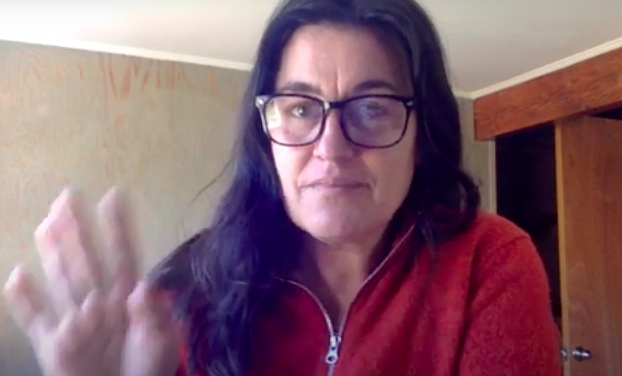Timeless tools for writers of every genre

I work with a lot of writers who are just beginning to publish their work, and though their steady flow of amazing ideas blows my mind on the daily, I notice a handful of consistent issues with their syntax that seems worth some attention.
I offer the same two bits advice to every aspiring writer, when they ask:
- Go all in. Dedicate yourself to this, full-bore, and fiercely protect the space you create in your life for writing. You don’t own anything else, just your creative work, and it matters. Act accordingly.
- If you’re gonna do the job, you should learn to do it well. Writing IS a job, and it’s a skill to be mastered like any other: through study, practice, feedback, and rewards. Make time to study, make an effort to get feedback, and find ways to reward yourself as you embrace and refine your craft.
Today’s article is about item number two — your craft. Here are some important rules to remember, for writers of any genre:
Assume your audience is more sophisticated than you.
Don’t talk down to your readers, and don’t over explain stuff. They get it. And if they’re a bit confused for a few pages, that’s an opportunity to build suspense! Unless you’re writing children’s books, you don’t need to explain anything more than once. If you’re writing children’s books, explain it twice. But you still don’t need to yammer on about stuff. They get it.
This means: go ahead and throw your big ideas on the table. Don’t hold back for some bigger, better moment. Write the thing in front of you, instead of thinking it’s too much or too intense. The one you’re running from? That’s the one to write.
This does not mean that you should use the biggest words you know on every page of your work and try to sound really smart or go on and on about your credentials in every piece you write. It’s not the author’s CV nor her vocabulary that sophisticates a piece of writing — it’s her ideas.
This is also known as “don’t use a ten dollar word where a one dollar word will do,” and it’s great advice.
That being said, it is acceptable, and can be highly effective, if you assign the ten dollar words to a certain character, who happens to talk like that. It tells is a lot about that character!
Break the rules, but only on purpose.
Just like using big words can help define a character, so can bad grammar, odd spellings, slang, and dialect. This is not, however, an invitation to be lazy. Part of being any kind of successful professional is making sure you understand the tools of the trade. You’re a writer, it’s your craft, and language is your tool, so learn how to use it really well before you start cutting corners and taking liberties. Then, break the rules on purpose, when it’s funny, appropriate, and/or provides and extra punch to your point. (Psst see the title of this article for an example.)
Eliminate qualifiers, adverbs, and wishwash
(unless they are part of how that character talks.) After you’re finished a rough draft, do a find and replace to see how many times you’ve used the words really, just, many, very, and similar qualifiers. These words tend to weaken your work and slow the story down.
Likewise with most adjectives, especially qualifier adjectives (you might know them as adverbs) such as probably, likely, surely, and especially. In most cases, you can simply delete these from your draft and see immediate improvements.
This also goes for imprecise language. This isn’t “sort of a good piece of advice, in my humble opinion.” This is a fact: wishwash loses readers. Make a point, believe it, and stick to it. Have an opinion, but balance with facts. Say what you mean, and say it precisely. Generalizations are boring.
Show, don’t tell.
Most of the above pitfalls can be avoided if you focus on creating a moving narrative of the circumstances that provoked your big idea, rather than trying to explain the idea itself. This applies to all kinds of writing but goes double for fiction.vInstead of telling the reader what kind of person/place/thing they’re reading about, show ethics, emotions, and characteristics through the actions of the people in your story, and allow those actions to define the character.
Keep it moving.
When was the last time you stood completely still while talking to somebody? Humans are always in motion. Use dialogue to connect actions together, and for revealing more character, but don’t spend too much time with people standing still and talking. Keep the characters moving, in thought and in motion, throughout the story. Even if you’re writing non-fiction — where is the action? Find the moving parts in what you’re trying to say, and use them to push the story forward.
To create character-driven narratives that don’t stop moving, follow a repeating pattern of answering these two questions: What are they thinking?…and… What happens next?



